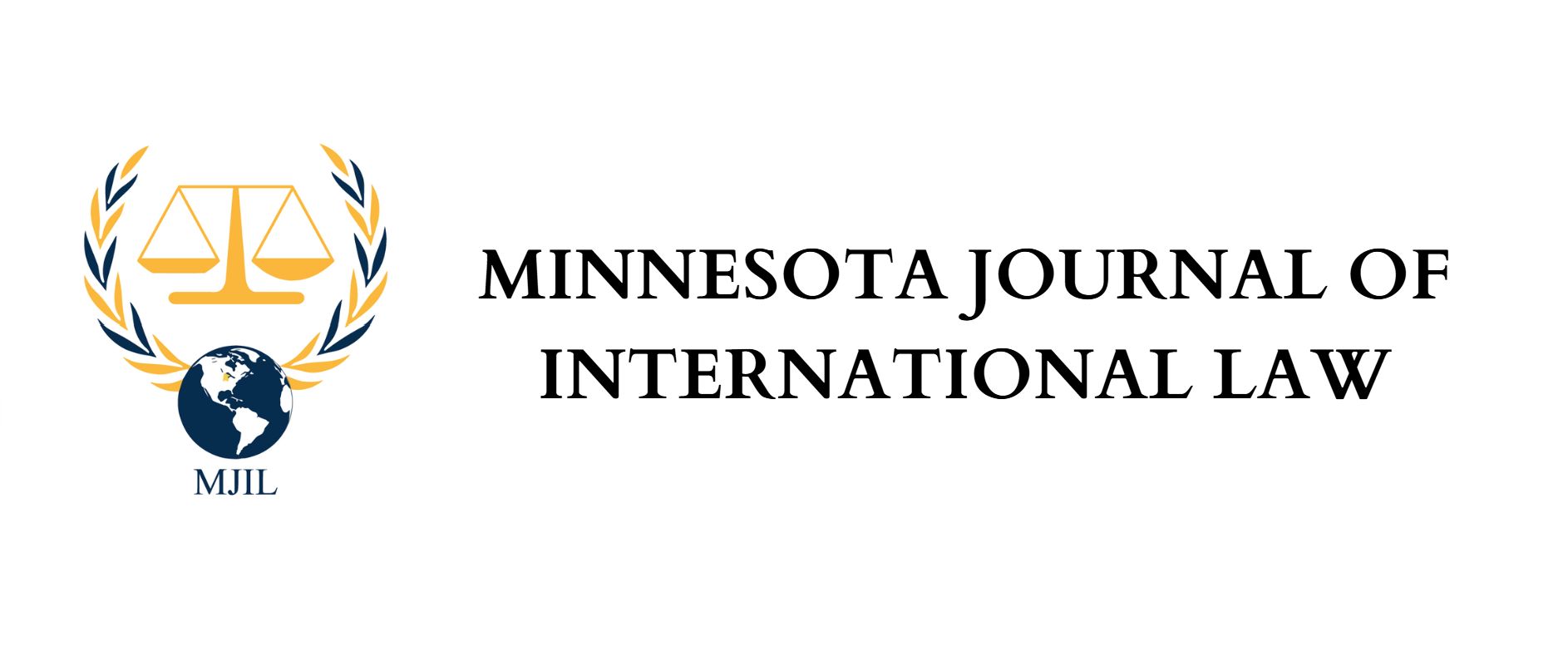By Cayla Ebert, MJIL Staff Member
In President-elect Trump’s recently-released First 100 Days Plan, Trump promises to withdraw the United States from the North American Free Trade Agreement (NAFTA) if the three members cannot renegotiate more favorable terms.[1] As for many campaign promises made this past election season, people are asking: “Can he really do that?” The answer here, is yes.
NAFTA is a free trade agreement between the United States, Canada and Mexico which effectively eliminates the majority of tariffs on products moving between the countries. One of the original focuses of the agreement was liberalization in agriculture, textiles and automobile manufacturing, but also protection of intellectual property, and the implementation of labor and environmental standards.[2]
While it is clear that Canada and Mexico are now the largest export markets for the United States, there is and has been extensive debate on whether the United States has been positively or negatively affected by NAFTA. Supporters of the agreement argue that it has benefited consumers as it has caused price decreases and quality of goods increases due to competition. Opponents argue that it has sent American jobs overseas and caused the stagnation in the manufacturing industry in the United States. [3]
It seems as though our new President-elect is on the latter side of the debate and plans to either renegotiate or completely withdraw the United States from the agreement. Even though the United States has not withdrawn from a trade agreement since 1866, it is likely that President-elect Trump will have that power when it comes to NAFTA.[4] While the United States Constitution does not speak directly to withdrawal of treaties, it does give the President large executive power in foreign affairs. This includes the ability to restrict trade meaning he can likely exit the treaty without Senate approval, unlike he would need if he were to liberalize trade.[5] In article 2205 of the agreement, “a party may withdraw from this Agreement six months after it provided written notice of withdrawal to the other parties. If a Party withdraws, the Agreement shall remain in force for the remaining Parties.”[6] As the terms of withdrawal are specified within the agreement, Trump would not be in violation of the terms of NAFTA. This increases his domestic power to take such an action as he would effectively be executing the treaty, which is already domestic law, rather than altering the law. But, because no domestic court has ever clearly answered this question, there may be meaningful argument that withdrawal does require consent of the Senate.[7] The real question though is, “what will happen after a withdrawal?”
In international trade, there are three categories of tariffs a state can impose on imports. The first, usually referred to as Most Favored Nation (MFN) tariffs, is applied to members of the World Trade Organization (WTO) based on the existing agreements within that body.[8] The second category, preferential tariffs, is applied to those states who have bilateral or multilateral trade agreements with the receiving state.[9] The third category, bound tariffs, is applied to all other states at a rate the receiving state has committed to, and is usually the highest of all three categories.[10] The United States, Canada, and Mexico are currently dealing within the preferential tariff category due to NAFTA, but if the United States were to withdraw, Canada and Mexico would likely be subject to the MFN tariffs, and vis versa for the United States, because all three are members of the WTO.[11]
Of course there is another debate about what impact and effect this will have on the United States. Most economists are predicting that it will result in higher consumer prices, at least at the outset, for Americans due to the reinstated MFN tariff levels, which tend to be higher than preferential tariffs. But, under MFN, many products that come from Mexico and Canada, like computers, silicon chips, and some medical devices, are either duty free or have relatively low tariff rates, so it may not make that much of an impact.[12] It could have a negative impact on American exports as Mexico generally imposes a 7.5% tariff on non-preferential states.[13] Also, American firms who manufacture in Mexico and ship back to the United States would be subject to the higher American tariffs. It is unlikely that eliminating the agreement would bring back American jobs, as firms would likely search to produce in other countries with low wage standards.[14] What is even more uncertain though, without the renegotiation of the treaty, is the impact on the intellectual property protections and the labor and environmental standards that were put into place with NAFTA.
All in all, this is a promise that President-elect Trump can likely keep if he chooses to, but as far as the consequences of such an action, Americans, and the world, will just have to wait and see.
[1] NPR Staff, Fact Check: Donald Trump’s First 100 Days Action Plan, NPR (Nov. 10, 2016, 6:27 PM), http://www.npr.org/2016/11/10/501597652/fact-check-donald-trumps-first-100-days-action-plan.
[2] James McBride & Mohammed Aly Sergie, NAFTA’s Economic Impact, Council on Foreign Relations (July 26, 2016), http://www.cfr.org/trade/naftas-economic-impact/p15790.
[3] Id.
[4] Tami Luhby, Yes, ‘President Trump’ really could kill NAFTA, but it wouldn’t be pretty, CNN (July 6, 2016, 8:42 AM), http://money.cnn.com/2016/07/06/news/economy/trump-nafta/.
[5] Michael Ramsey, Could President Trump Unilaterally Withdraw the U.S. from its International Agreements?, The Originalism Blog, University of San Diego School of Law (Sept. 29, 2016), http://originalismblog.typepad.com/the-originalism-blog/2016/09/julian-ku-on-president-trump-withdrawing-from-international-agreementsmichael-ramsey.html.
[6] North America Free Trade Agreement, Can.-Mex.-U.S., art. 2205, Dec. 17, 1992.
[7] Juliane Ku, Preparing for Trumpxit: Could a President Trump Withdraw the U.S. from International Treaties and Agreements? Opinio Juris Blog (Sept. 26, 2016), http://opiniojuris.org/2016/09/26/preparing-for-trumpxit-how-will-the-u-s-legally-withdraw-from-nafta-wto-nato/.
[8] Siddhesh Kaushik, Picture Trade: Types of Tariffs Explained, The World Bank: The Trade Post Blog (Jan. 11, 2016), http://blogs.worldbank.org/trade/picture-trade-types-tariffs-explained.
[9] Id.
[10] Id.
[11] Luhby, supra note 4.
[12] Id.
[13] Id.
[14] Id.
